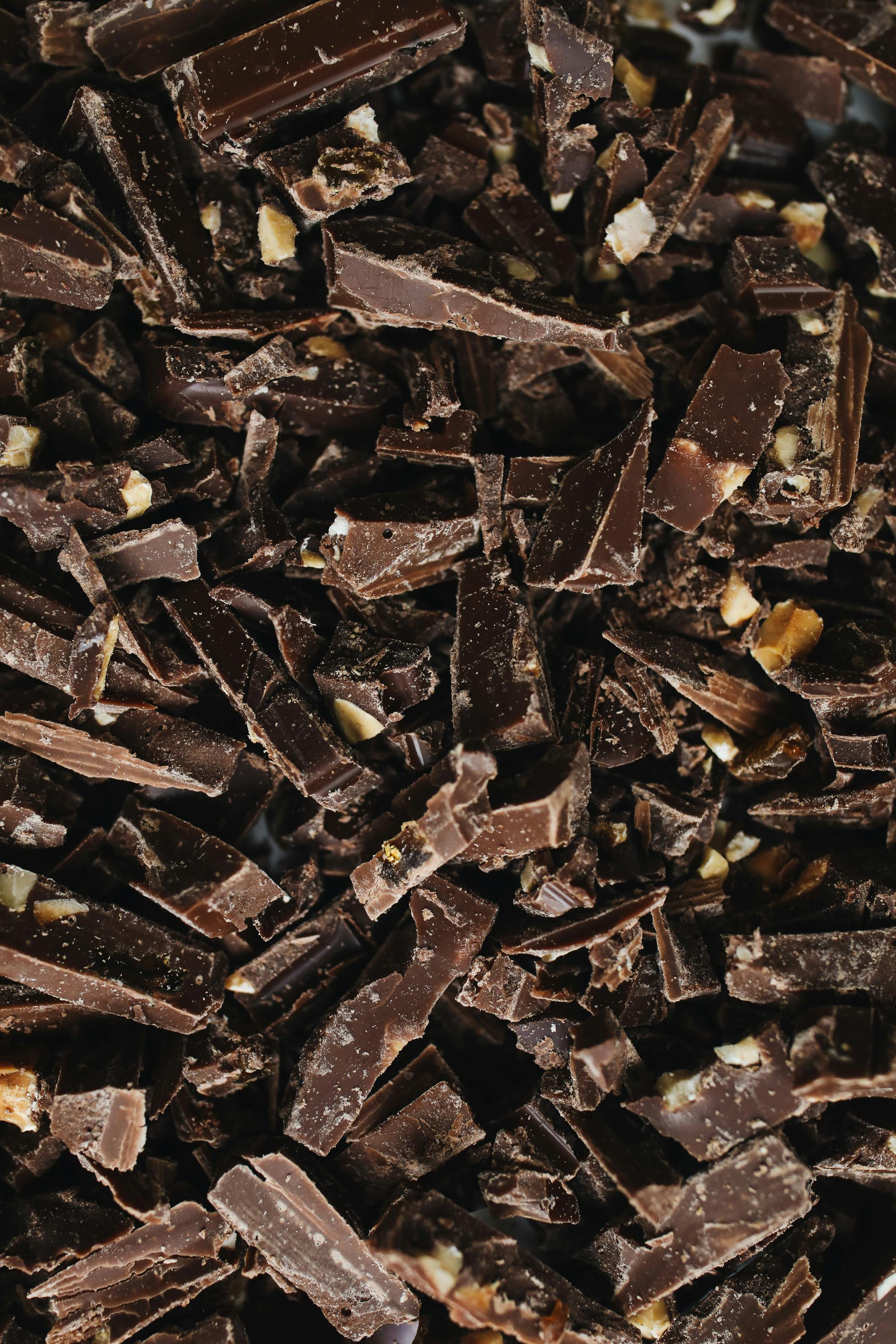Staubläuse Bisse: Understanding and Managing Flea-Like Insects
Staubläuse, commonly known as “dust lice” or “flea-like insects,” are tiny, wingless creatures that can invade homes and gardens, often causing distress to those who encounter them. While they are harmless to humans, their presence can indicate underlying issues such as dampness in the environment. This article will delve into the various aspects of Staubläuse, including their biology, behavior, and effective management strategies.
What are Staubläuse?
Staubläuse are small insects belonging to the order Psocoptera. They are characterized by their flattened bodies and a size that typically ranges from 1 to 2 millimeters. These pests thrive in humid environments and are often found in places like kitchens, bathrooms, and basements where moisture is prevalent. Their diet primarily consists of mold, mildew, and organic debris, which makes homes with high humidity particularly inviting for them.
Biology and Habitat of Staubläuse
To effectively manage Staubläuse, it’s essential to understand their biology and preferred habitats. These pests prefer dark and damp areas and may often be found in household items such as books, paper, and even under kitchen appliances. Staubläuse reproduce quickly, laying small eggs that hatch into nymphs, which then mature into adults in a matter of weeks. Because they can thrive indoors, controlling moisture levels in your home is crucial. For instance, using a dehumidifier can significantly reduce the conditions that favor these insects.
Signs of an Infestation
Identifying a Staubläuse infestation is key to resolving the issue promptly. Common signs include the presence of tiny bugs scurrying along surfaces, particularly in dark areas. If you notice unusual black specks, these are likely frass (insect waste) left behind by Staubläuse. Additionally, if you observe mold growth in your home, this could also attract these pests, making it essential to treat both the infestation and the underlying moisture problem.

How to Manage Staubläuse
Dealing with Staubläuse can be a hassle, but there are effective methods to manage and prevent them from becoming a persistent problem. By addressing both the insects themselves and their conducive living conditions, homeowners can minimize their presence.
Reducing Humidity Levels
The first line of defense against Staubläuse is controlling humidity levels throughout your home. Aim for indoor humidity levels between 30% and 50% to deter these pests. You can achieve this by installing dehumidifiers in moisture-prone areas, ensuring proper ventilation, particularly in basements and attics, and using exhaust fans in bathrooms and kitchens during and after showering or cooking. Regularly checking for leaks and utilizing moisture absorbers can also help keep humidity in check.
Cleaning and Maintenance Strategies
Regular cleaning habits are vital in managing Staubläuse infestations. Vacuuming floors, carpets, and furniture frequently can help eliminate adult insects and their eggs. Additionally, pay special attention to dusty areas or cluttered spots where these pests may hide. Washing bedding, curtains, and other textiles in hot water can also eradicate any Staubläuse or eggs lurking within. Do not forget to seal any cracks or crevices around windows and doors to prevent their entry.

Natural Prevention Techniques
Many homeowners prefer natural methods to deter pests like Staubläuse. There are several options that not only help protect your home but are also environmentally friendly.
Essential Oils as Repellents
Certain essential oils, such as tea tree oil, peppermint oil, and eucalyptus oil, are known to repel various pests, including Staubläuse. Mix a few drops of essential oil with water in a spray bottle and apply it to areas at risk for infestation. The strong scent can deter them from settling in your home while filling your environment with a pleasant fragrance.
Natural Predators
Another effective way to manage Staubläuse is by using natural predators. For example, introducing beneficial insects like predatory mites can help keep Staubläuse populations in check without the need for harsh chemicals. These natural allies feed on various pests, providing a biological control option that’s both effective and safe for the environment.
When to Seek Professional Help
While many infestations can be managed at home, there are times when it may be necessary to seek professional pest control services. If you notice a significant increase in Staubläuse or if your attempts at management are unsuccessful, a professional can assess the situation and provide targeted solutions.
Identifying the Extent of Infestation
Understanding the extent of your Staubläuse infestation is crucial. Professionals can accurately identify the specific type of infestation, providing tailored treatments based on their findings. They can also identify underlying issues such as mold or water damage, which may need addressing to prevent further infestations.
Professional Pest Control Solutions
If you decide to hire pest control services, ensure they are reputable and knowledgeable about dealing with Staubläuse. They often use a combination of methods, including monitoring traps and environmentally safe insecticides, to eradicate pests comprehensively while ensuring that your living space is protected.
Key Takeaways
- Staubläuse thrive in damp environments and are often harmless but can indicate moisture issues in the home.
- Controlling humidity levels and maintaining cleanliness are essential strategies for managing Staubläuse.
- Natural repellents, including essential oils and predatory insects, can effectively deter these pests.
- Consider professional pest control if infestations persist despite your attempts at management.
FAQ
1. What damage do Staubläuse cause to homes?
Staubläuse themselves do not cause structural damage, but their presence indicates potential moisture issues that can lead to mold growth and, subsequently, damage to house materials. Addressing the underlying causes can prevent any significant damage and maintain a healthy living environment.
2. Can Staubläuse cause allergic reactions in humans?
Although Staubläuse are not known to bite or cause harm, individuals with allergies or sensitivities may experience reactions to the molds they thrive on or to the frass they leave behind. It’s important to maintain a clean environment to minimize such risks.
3. How can I prevent Staubläuse from entering my home?
To prevent Staubläuse from entering your home, seal gaps and cracks around windows and doors, ensure good ventilation, and keep humidity levels low. Regularly cleaning and maintaining your living space will also deter infestations.
4. What home remedies can I use against Staubläuse?
Home remedies include using essential oil sprays, vinegar solutions, and maintaining a clean environment to inhibit their presence. These natural methods can help manage small infestations effectively.
5. Are Staubläuse harmful to pets?
Staubläuse are not harmful to pets. They are not parasites and do not feed on animal hosts. However, keeping your home free of pests contributes to overall health and sanitation for both pets and humans.
